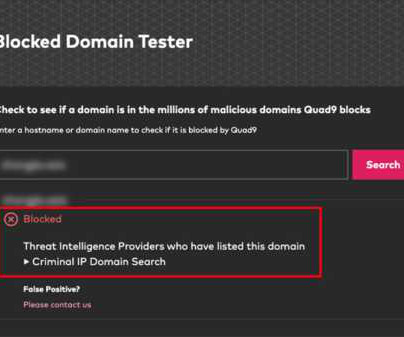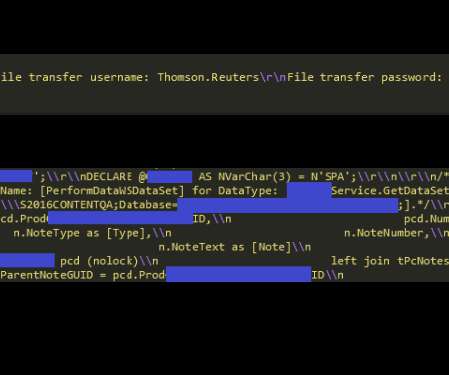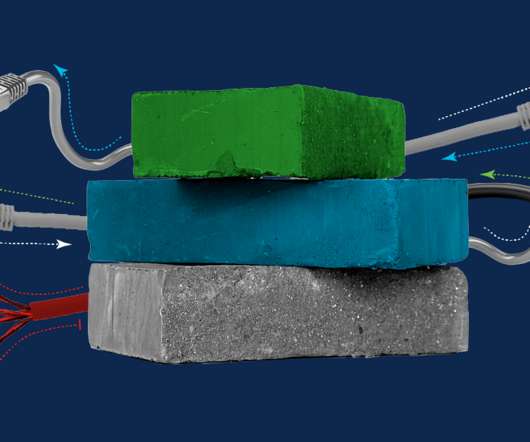Unfixed vulnerability in popular library puts IoT products at risk
Malwarebytes
MAY 4, 2022
Researchers have found a vulnerability in a popular C standard library in IoT products that could allow attackers to perform DNS poisoning attacks against a target device. DNS poisoning. The devices like your laptop, phones, tablets and IoT (Internet of Things) devices such as TVs, temperature sensors, and security cameras.


































Let's personalize your content